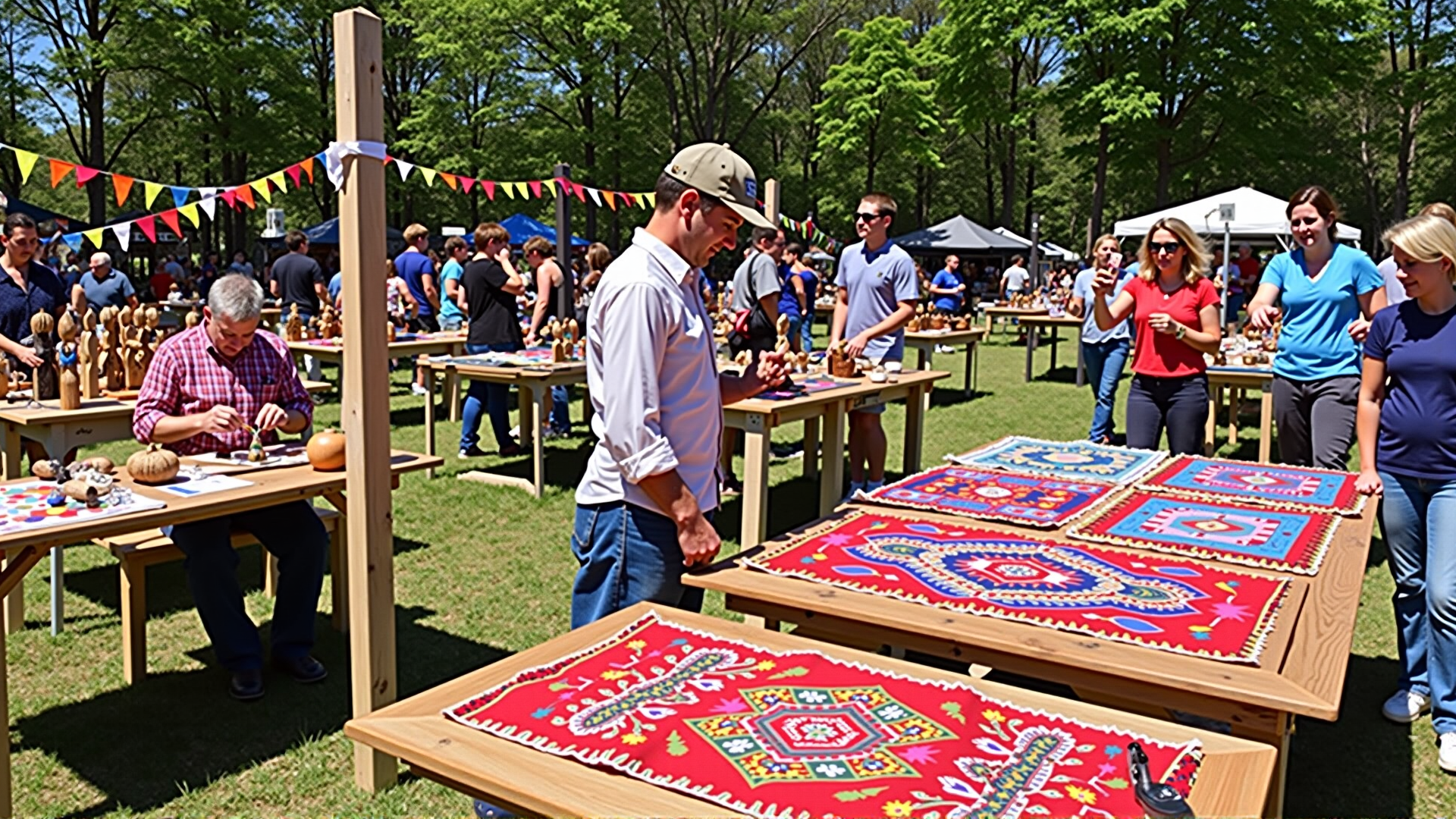American folk art, with its roots deeply embedded in the nation's cultural history, offers a vivid tapestry of creativity and craftsmanship. Emerging from the hands of self-taught artists across the country, this genre is characterized by an unpretentious, raw authenticity that speaks to the everyday experiences of the American people. In recent years, there has been a significant revival of interest in folk art, breathing new life into traditional practices and connecting modern generations with the rich cultural heritage of the past.
Historically, American folk art served as a practical yet expressive outlet for individuals who were often crafting out of necessity. Quilts, pottery, weathervanes, and wood carvings are just a few examples of folk art pieces that were originally created to serve a functional purpose. However, these items simultaneously offered a canvas for personal expression, capturing the imagination through vibrant colors and imaginative designs.
The revival of American folk art can be attributed to a growing desire to reconnect with these traditional crafts, particularly as society becomes increasingly digitized and globalized. Many contemporary artists are now turning to folk art techniques, adapting and modernizing them to fit today's cultural landscape. This resurgence is not only about preserving the past but also about celebrating the diverse voices and stories that have shaped the American experience.
At the heart of this revival is a commitment to sustainability and craftsmanship. As people become more conscious of the environmental and social impacts of mass production, there is a renewed appreciation for handmade goods. Folk art, often produced with locally sourced materials, offers a sustainable alternative to factory-made products. Additionally, the time and care devoted to each handcrafted piece emphasize quality over quantity, fostering a deeper connection between the creator and the consumer.
One striking aspect of contemporary folk art is its ability to transcend cultural boundaries. While rooted in specific traditions, modern folk art often incorporates elements from various cultures, reflecting the melting pot that is America. This blending of influences not only enriches the art itself but also encourages cross-cultural dialogue and understanding.
Community plays a vital role in the revival of folk art, with festivals, workshops, and exhibitions creating spaces for artists to share their work and learn from one another. Institutions such as the American Folk Art Museum in New York and the John C. Campbell Folk School in North Carolina offer platforms for education and engagement, ensuring that these rich traditions continue to thrive.
Moreover, the stories and legacies captured within folk art are invaluable. Through the preservation and reinterpretation of these narratives, artists can challenge and redefine the nation's history, allowing for a more inclusive portrayal of the American experience. From the tales of indigenous peoples to the voices of immigrant communities, folk art is a testament to the resilience and creativity that define America.
In embracing the revival of American folk art, we are not only honoring the past but also investing in a future that values creativity, sustainability, and cultural diversity. These vibrant expressions serve as a reminder of the enduring power of art to connect, transform, and inspire across generations. As more people engage with this rich tradition, the legacy of American folk art will continue to evolve, ensuring its relevance for years to come.
